What It Takes To Eat Mediterranean in North America
The Real Mediterranean Diet: Why It’s Hard to Imitate—and What We’re Missing When We Try
You’ve stocked the olive oil, added more fish to your plate, maybe even switched to sourdough. But despite your best efforts, something about the Mediterranean diet still feels… out of reach. You’re not alone. While it’s praised as the healthiest way to eat, the version we’ve imported into North America is often more aesthetic than authentic.
Beneath the glossy magazine spreads and health claims, the Mediterranean diet is not a set of fixed rules, but a flexible pattern of living shaped by climate, community, and necessity. It emerged from centuries of adaptation—not intention—and was never meant to be replicated ingredient for ingredient. When we treat it like a checklist, we risk missing the very heart of what made it powerful in the first place.
So what does it really mean to eat Mediterranean? And why is it so difficult to do it authentically in places like Canada or the U.S.?
It’s Not a Recipe List—It’s a Way of Life
The term "Mediterranean diet" emerged in the mid-20th century, popularized by American physiologist Ancel Keys, who observed that people in southern Italy and Crete had far lower rates of heart disease than their American counterparts, despite consuming a moderate-fat diet. Keys' landmark Seven Countries Study, launched in the 1950s, compared health outcomes in Italy, Greece, the Netherlands, Finland, Japan, the U.S., and Yugoslavia. Among these, the rural Cretan and Italian communities stood out: they lived long, healthy lives with minimal chronic disease (Keys et al., 1980).
But Keys wasn’t studying recipes—he was studying lifestyles. In Crete and southern Italy, people didn’t just eat olive oil and lentils. They walked steep hills daily, harvested their own vegetables, cooked most meals from scratch, and shared them with family. Food was simple, local, and embedded in the rhythm of life.
Mediterranean diet isn’t a list of “superfoods.” It’s a way of living rooted in place, people, and tradition.
This lifestyle—recognized by UNESCO in 2010 as an Intangible Cultural Heritage of Humanity—includes not just specific ingredients, but also how meals are prepared, shared, and enjoyed (Bonaccio et al., 2022).
The Problem With the “Imported” Version
In North America, the Mediterranean diet is often reduced to a marketing formula: olive oil, grilled fish, hummus, and salad. While these elements are indeed healthy, they don’t reflect the full cultural, ecological, or emotional picture.
In fact, studies show that most Americans struggle to follow an authentic Mediterranean diet—not because it’s not desirable, but because it’s difficult to replicate in a different context (Sam-Yellowe, 2024). Here’s why:
Cultural mismatch: Foods like lentils, sardines, bitter greens, or eggplant aren’t always familiar, and communal meals are rare.
Time and effort: The diet emphasizes home-cooked, whole-food meals—not always feasible in a fast-paced, convenience-driven culture.
Seasonal ingredients: Mediterranean foodways rely on fresh, local, and seasonal produce, much of which is harder to find or less flavourful when imported across continents.
Cost barriers: Some key foods—fresh fish, nuts, olive oil—can be expensive, particularly for lower-income families.
Taste preferences: North American palates, shaped by processed and hyper-palatable foods, may initially resist the simpler flavours of the Mediterranean.
Confusion and misinterpretation: Many people believe they’re eating Mediterranean-style simply by using olive oil or eating a salad—without understanding the broader dietary pattern (Godos et al., 2024).
Despite the best intentions, what often emerges is a fragmented version of the diet—stripped of seasonality, social context, and culinary intuition.
It Was Never Meant to Be Copied—Only Adapted
The traditional Mediterranean diet was not invented. It evolved—a product of people adjusting to local landscapes, preserving what they had, and learning from one another. Whether in the rocky hills of Crete, the gardens of Beirut, or the port towns of Türkiye, the common thread was resourcefulness: cook what grows, waste nothing, and eat together.
And that’s why Istanbul’s cuisine—at the crossroads of East and West—is such a powerful example. Over centuries, Istanbul absorbed ingredients from all over the old world, but always applied local techniques: preserving lemons, fermenting dairy, stretching legumes with vegetables, serving small portions of many things. These timeless methods made the most of what was available.
Today, Istanbul’s layered culinary habits offer a blueprint for adapting traditional wisdom to modern kitchens, wherever they may be. It’s not about copying Mediterranean food—it’s about embracing its principles and making them work where you live.
Beyond Food: What the Mediterranean Teaches Us About Health
It’s important to note that in Keys’ study, the low heart disease rates in Crete and southern Italy weren’t solely attributed to food. Researchers now believe that daily movement and strong social connections played equally crucial roles.
People walked nearly everywhere—often up steep hills
They grew, prepared, and shared meals daily
Families were close-knit and communities were tightly woven
Physicians today increasingly recognize that longevity is most closely tied to strong social bonds—even more than dietary choices.
If you’re drawn to the Mediterranean diet for its health benefits, consider this: the real secret may not be just the food—it’s the rhythm of life that surrounded it.
That means:
Cooking at home with what’s fresh and available
Eating slowly, with people you care about
Moving your body as part of daily life, not a chore
These are traditions that anyone, anywhere can build.
In Summary: What We’re Missing When We Imitate
The Mediterranean diet’s global fame is well-earned—it’s delicious, balanced, and supported by decades of research. But the North American version, shaped by media and convenience culture, often misses the point.
It’s not about chasing imported ingredients or mimicking coastal meals—it’s about embracing what the Mediterranean actually teaches:
Eat seasonally and locally
Cook with intention, not just ingredients
Make meals social and slow
Stay active naturally, not obsessively
When we see the Mediterranean diet as a tradition rather than a trend, we begin to access its true wisdom—not just for our bodies, but for our way of living.
And if you’re looking for a place to start, Istanbul cuisine may offer the most instructive model: a city that learned to balance local resources and ancient techniques with global variety, layer after layer, without losing its soul.
References
Ancel Keys et al. (1980). Seven Countries: A Multivariate Analysis of Death and Coronary Heart Disease. Harvard University Press.
Bonaccio, M. et al. (2022). UNESCO cultural heritage and cultural roots of the Mediterranean diet. Eur. J. Clin. Nutr., 76, 179-183. https://doi.org/10.1038/s41430-021-01066-2
Sam-Yellowe, T. Y. (2024). Nutritional Barriers to the Adherence to the Mediterranean Diet in Non-Mediterranean Populations. Foods, 13(11), 1750. https://doi.org/10.3390/foods13111750
Godos, J. et al. (2024). Underrated aspects of a true Mediterranean diet. J. of Translational Medicine, 22, 294. https://doi.org/10.1186/s12967-024-04964-x



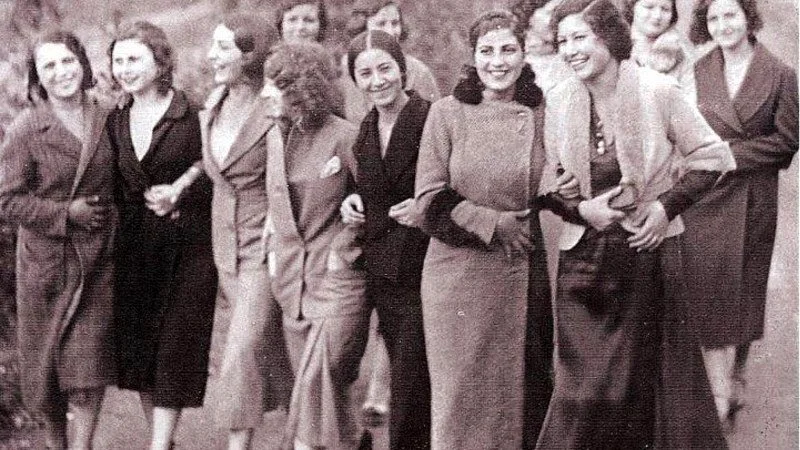



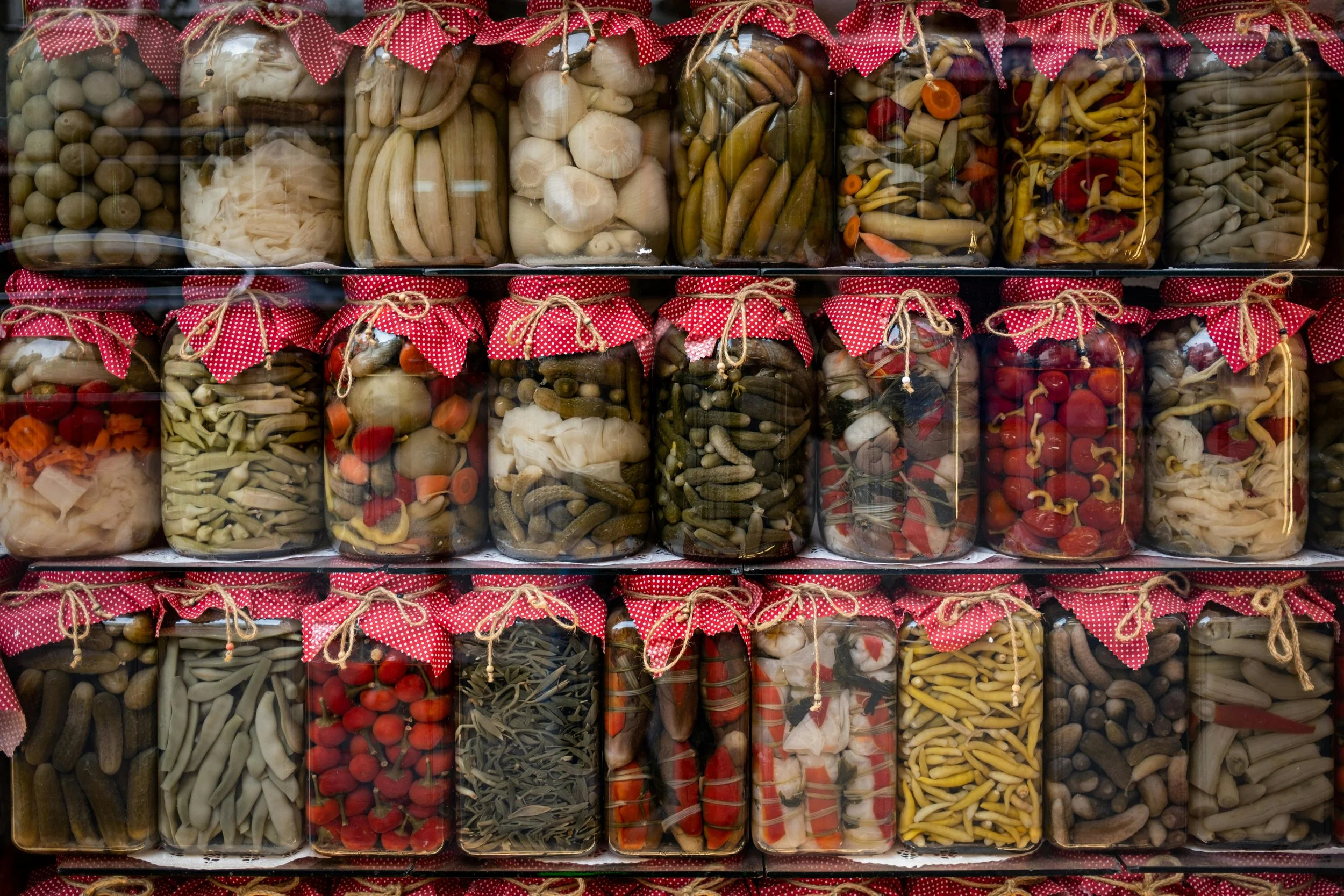


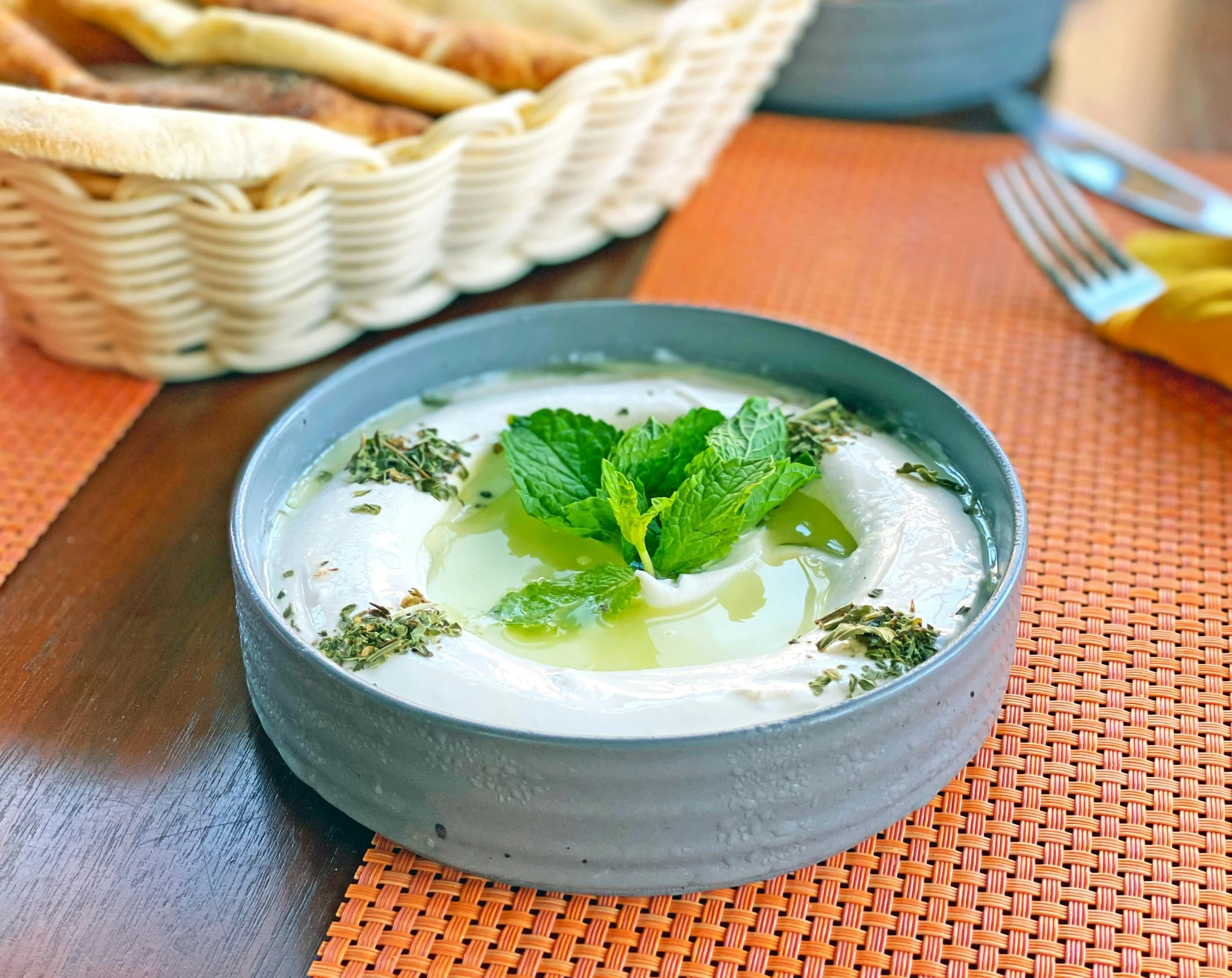










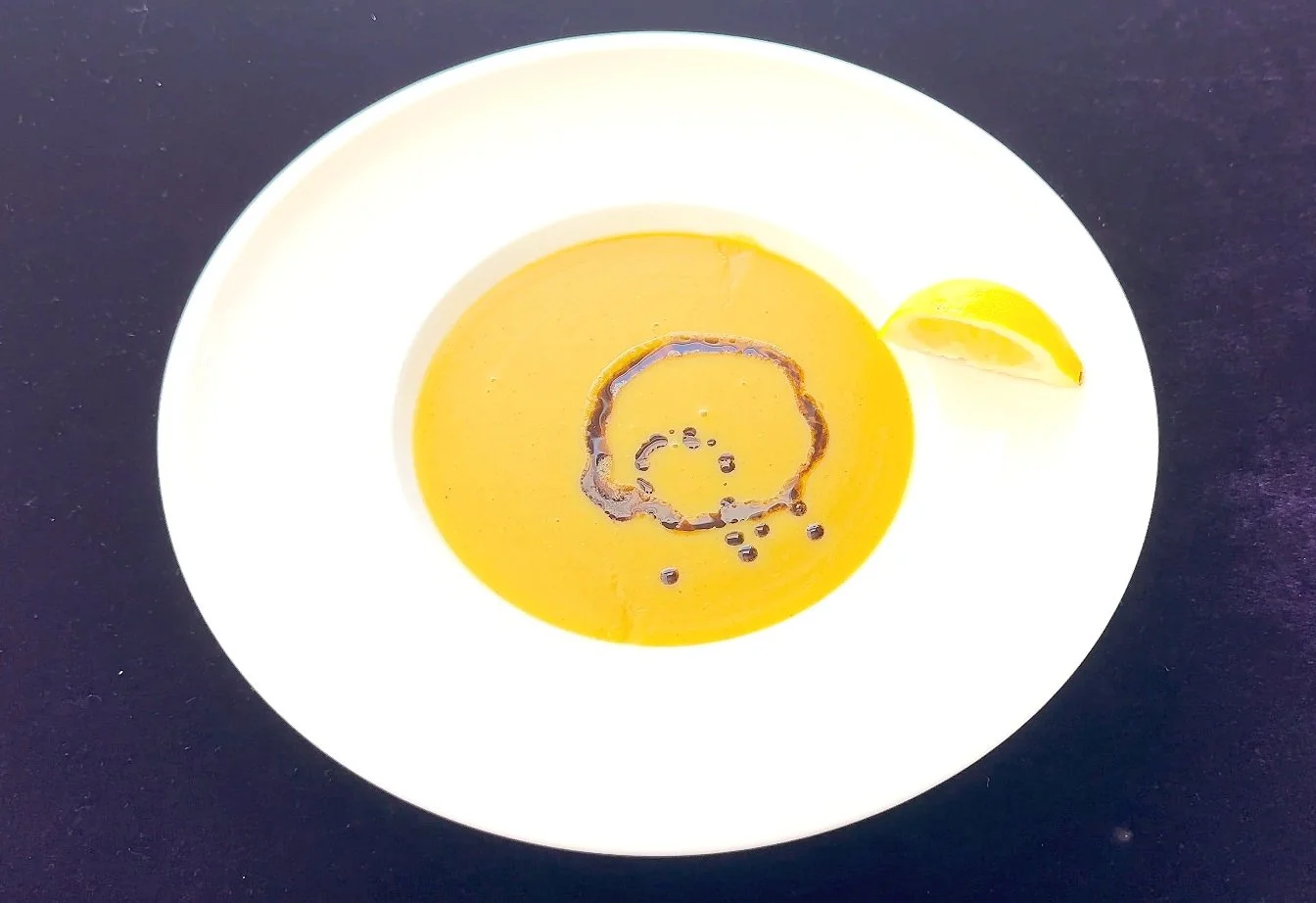
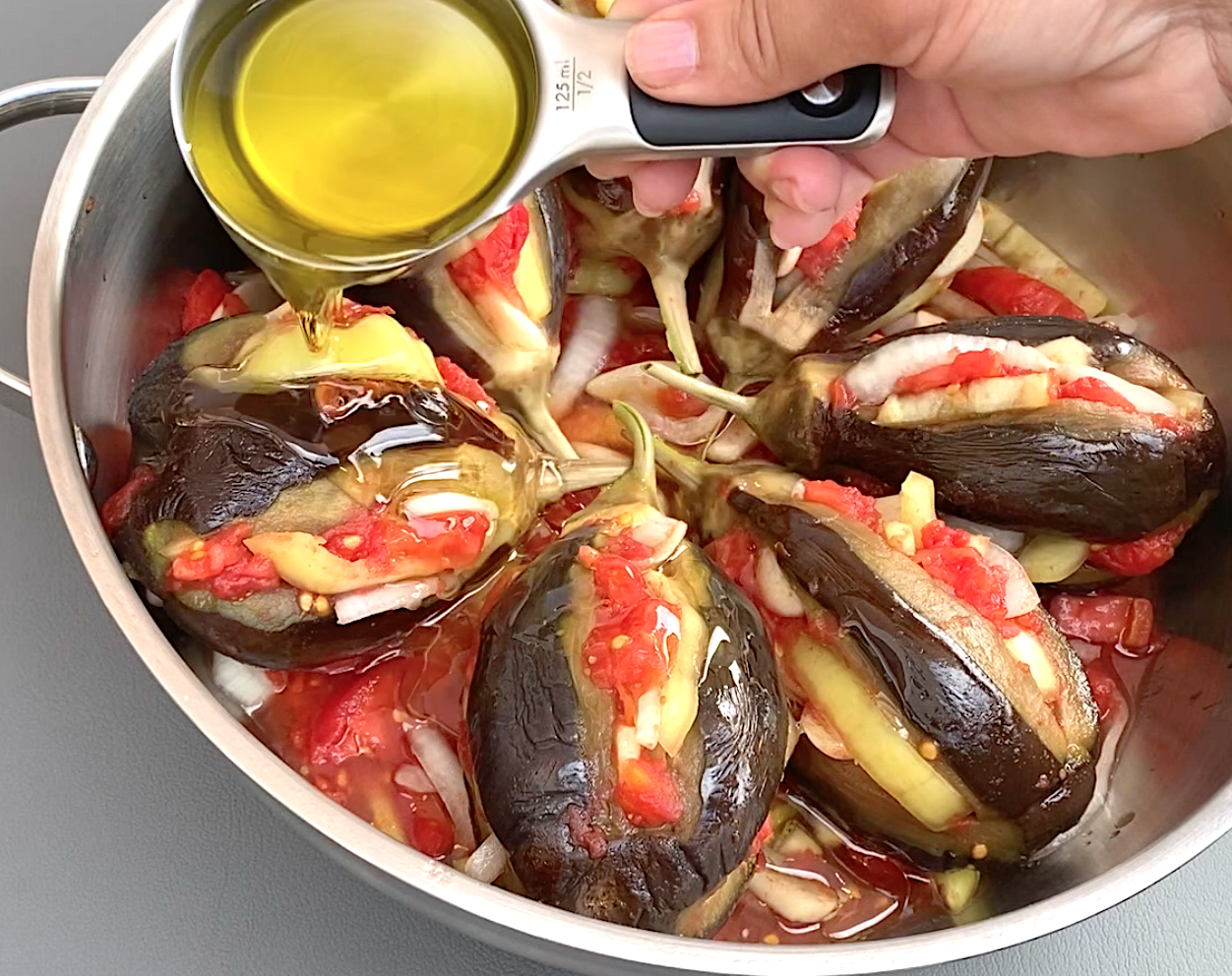


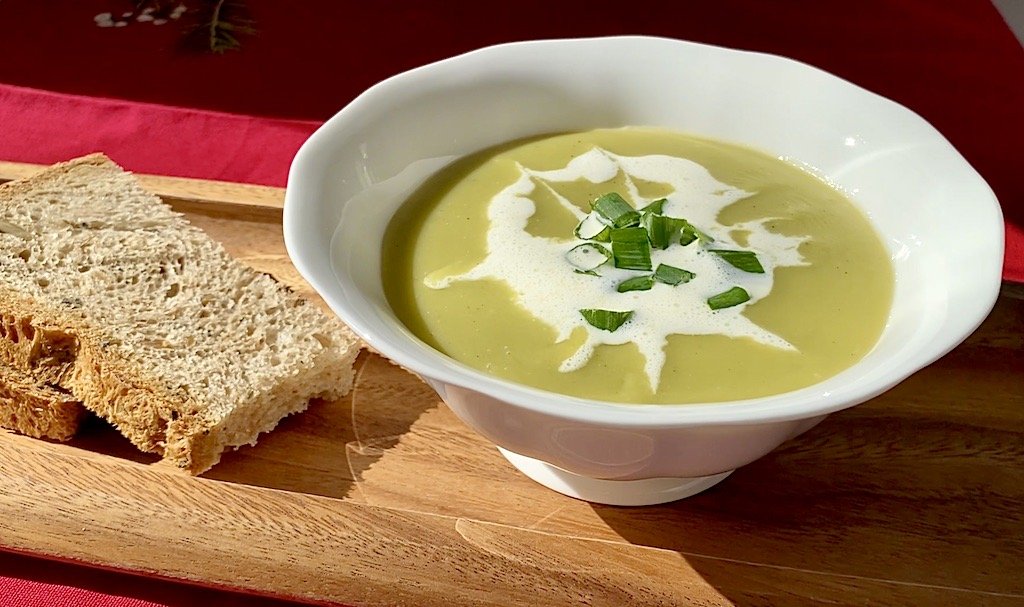
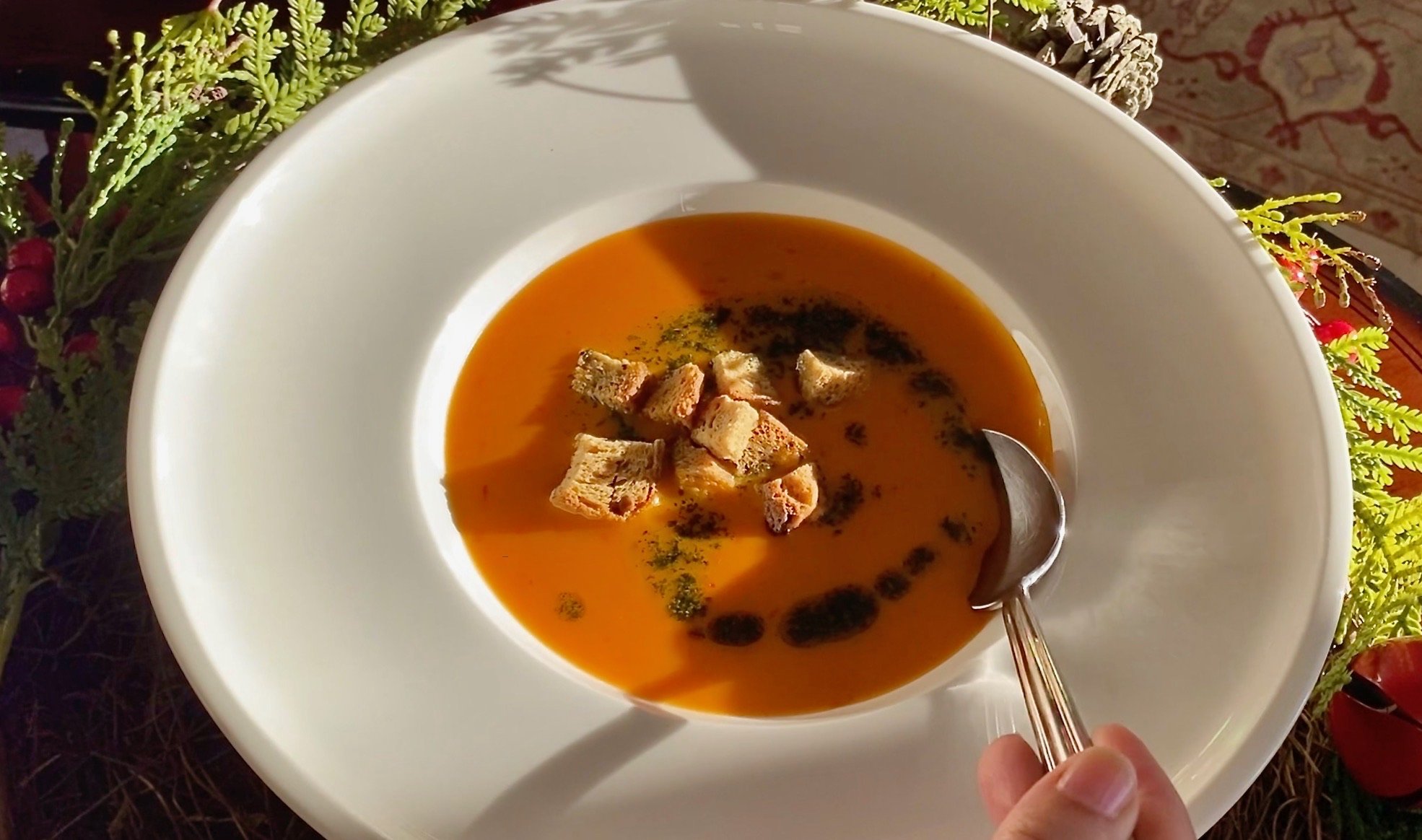
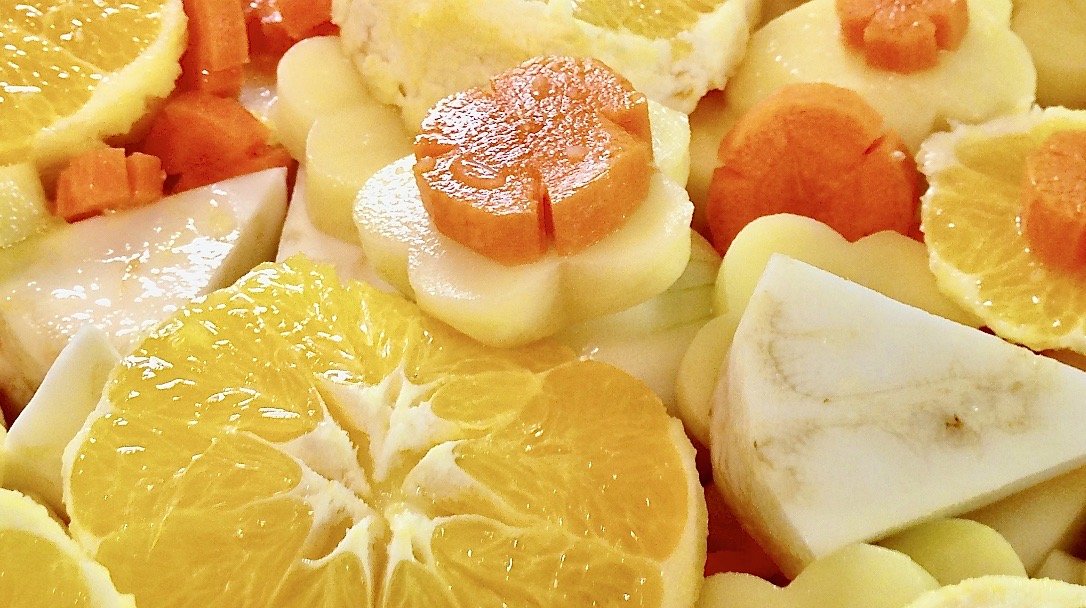



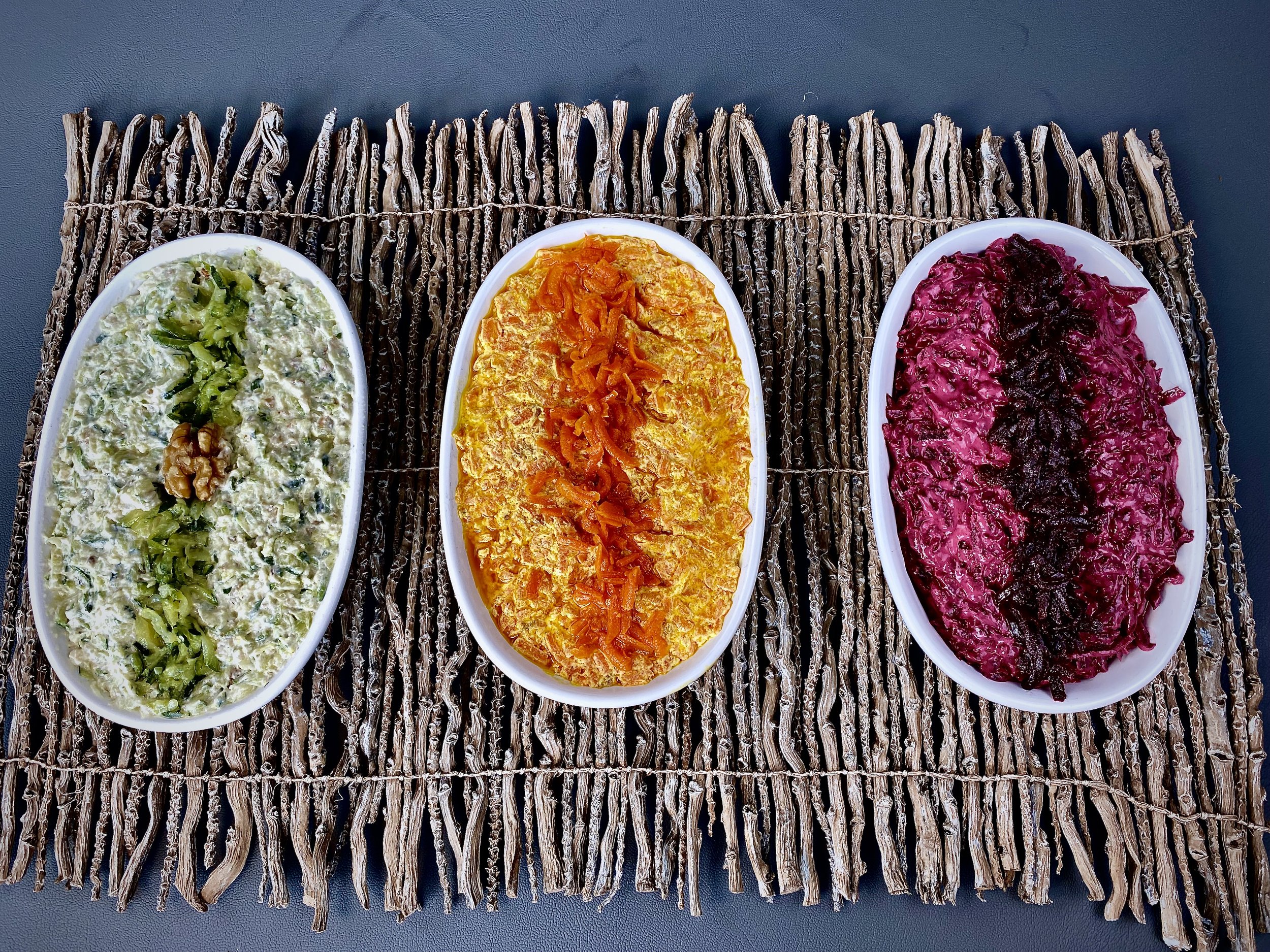
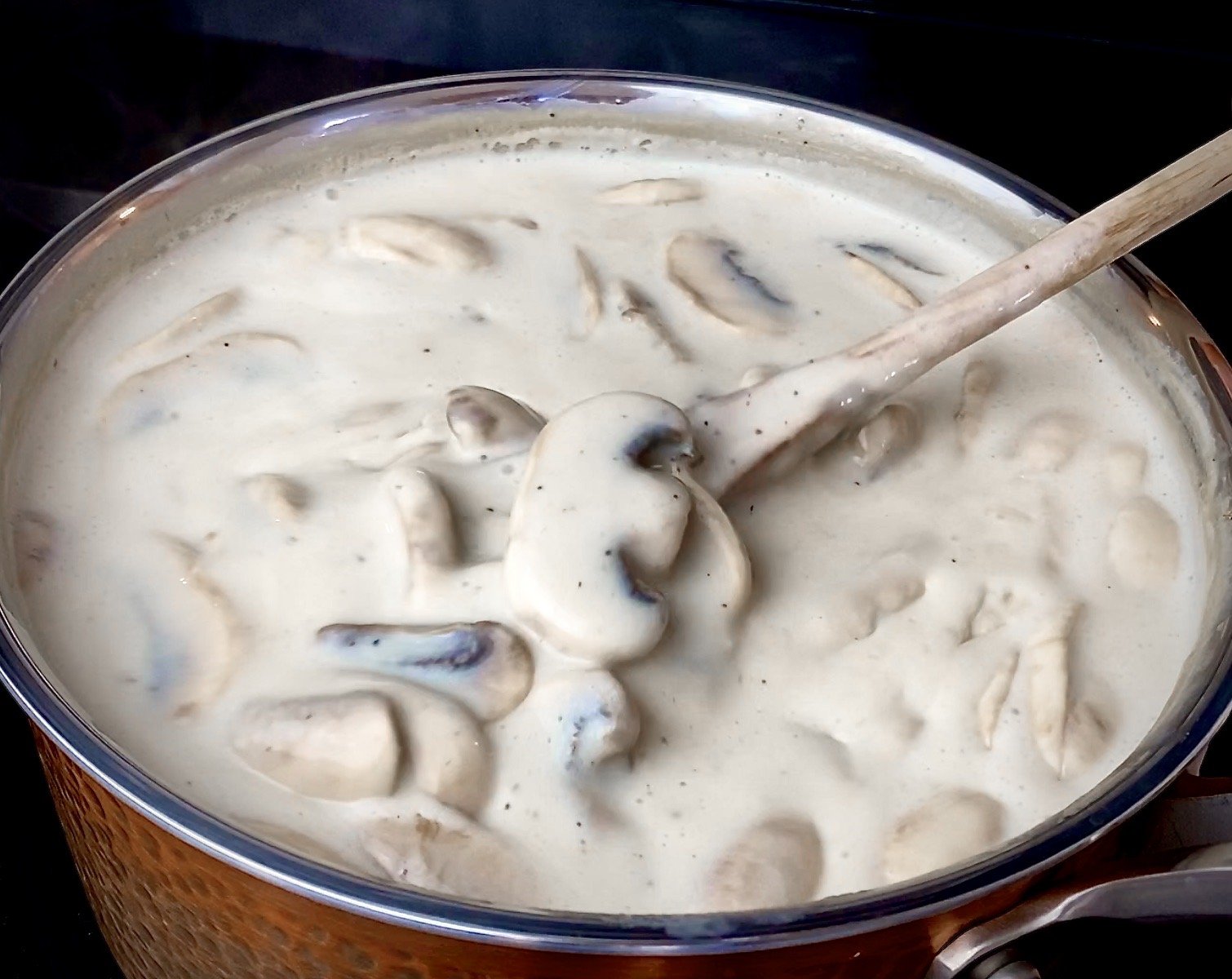
What if the healthiest thing you could do is stop believing everything in the grocery aisle that calls itself “super”?